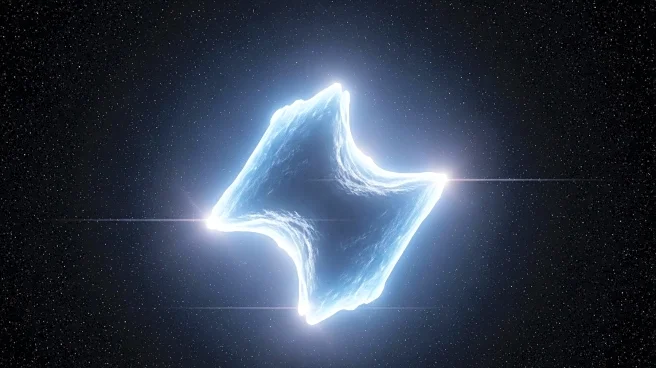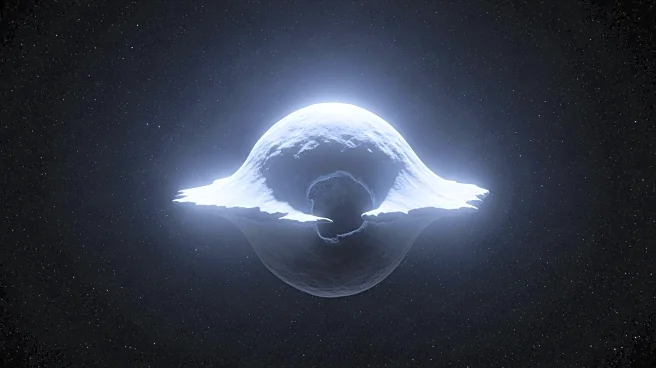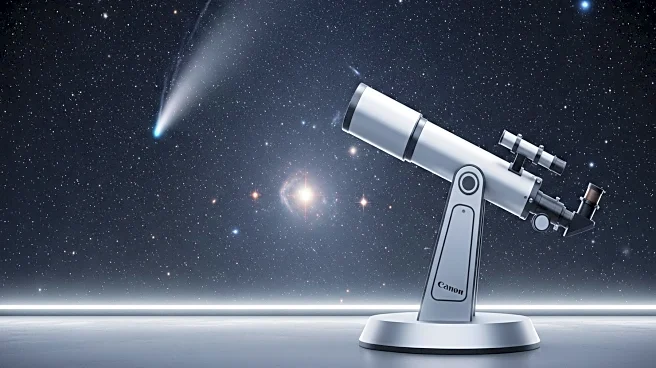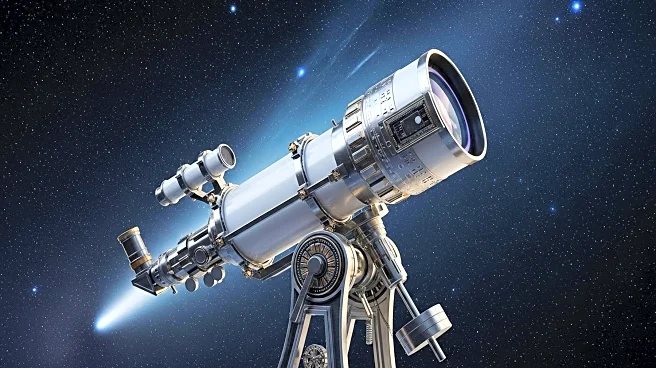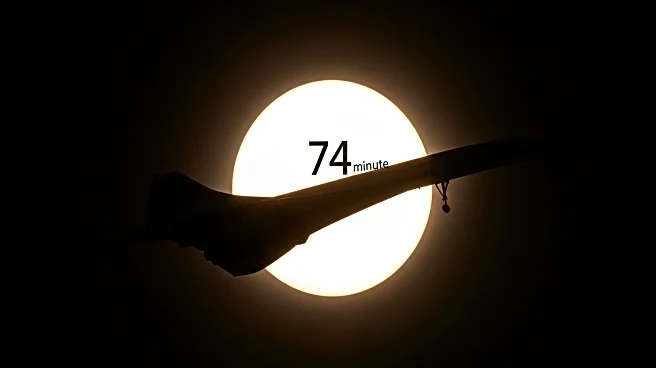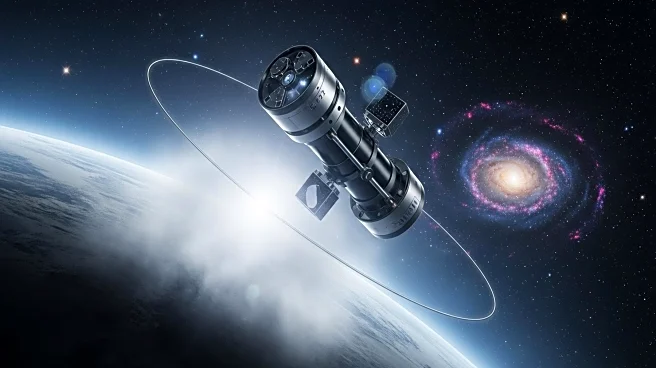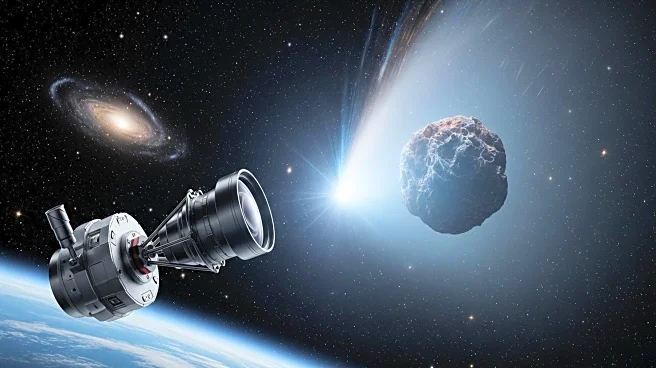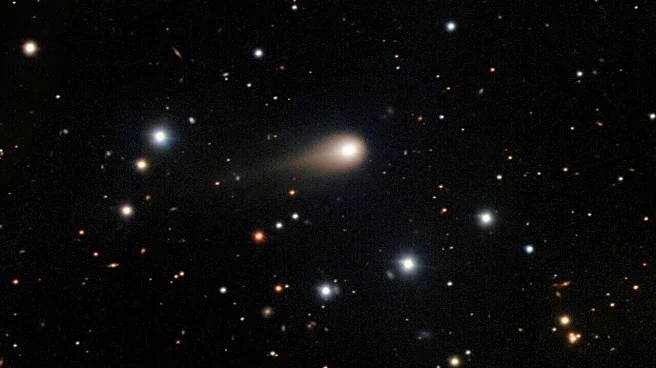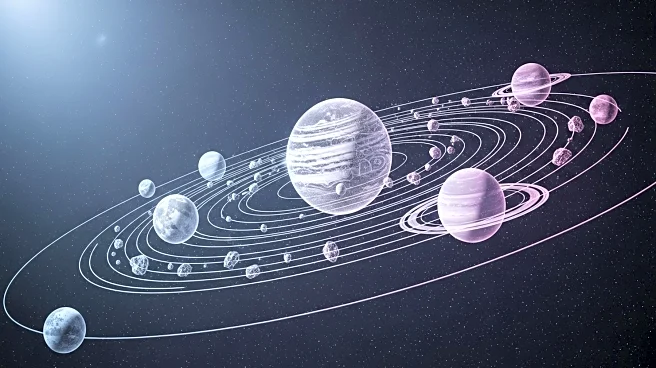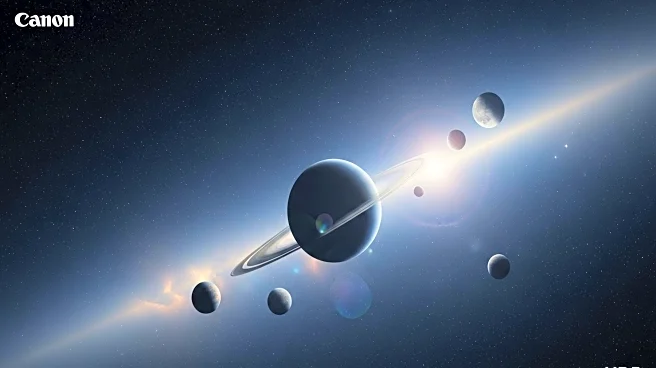What's Happening?
A team of astronomers led by Sihao Cheng at the Institute for Advanced Study has discovered a new trans-Neptunian object, designated 2017 OF201, at the far reaches of the solar system. This object, potentially a dwarf planet, is among the most distant ever observed and suggests that the region beyond Neptune, previously thought to be nearly empty, may harbor more bodies than expected. The discovery was confirmed by the International Astronomical Union’s Minor Planet Center and described in a preprint on arXiv. The object’s extreme orbit, taking approximately 25,000 years to complete, indicates a complex history of gravitational interactions, possibly involving close encounters with giant planets.
Why It's Important?
The discovery of 2017 OF201 has significant implications for our understanding of the outer solar system. It challenges the assumption that the area beyond the Kuiper Belt is nearly empty, suggesting the presence of potentially hundreds of similar objects. This finding could reshape theories about the solar system's formation and evolution, impacting scientific models and future research directions. The use of open science and archival data in this discovery highlights the democratization of astronomical research, allowing broader participation beyond those with access to large telescopes.
What's Next?
Further observations, possibly with radio telescopes, are needed to measure the object's true size more precisely. The discovery may prompt additional searches for similar objects, potentially leading to new insights into the solar system's structure. The existence of 2017 OF201 as an outlier to known orbital clustering could challenge hypotheses about the presence of another planet, such as Planet X or Planet Nine, influencing these patterns.
Beyond the Headlines
The discovery underscores the importance of computational techniques in modern astronomy, enabling the identification of distant objects through advanced algorithms. It also raises questions about the gravitational dynamics of the solar system and the potential for undiscovered celestial bodies influencing known orbital patterns.
